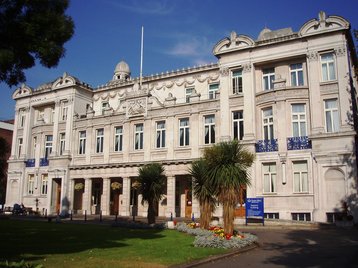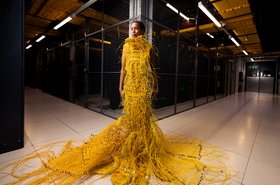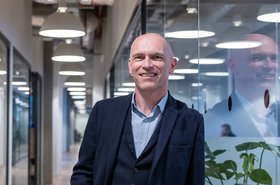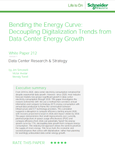Queen Mary University of London (QMUL) is using waste heat from its data center to warm buildings on its Mile End campus.
Heat from the university’s Tier 2 data center is being repurposed to warm the Joseph Priestley Building, and supply the campus district heating network.
The university worked with Schneider Electric, PCH Engineers, BTU Installation and Maintenance, and Advanced Power Technology (APT) to install a multi-stage heat recovery process that transforms waste heat into water temperatures of 65-75°C (149-167°F).
Philippa Lloyd, vice-principal for policy and strategic partnerships at QMUL, said the project represents “a major step forward” on the university’s sustainability journey, with the potential to reduce reliance on gas boilers and cut fossil fuel consumption.
Lloyd said: “By transforming waste heat into an energy source, we’re achieving meaningful reductions in carbon emissions and showing how universities can lead in the transition to greener operations.”
DCD first reported on the project in July, and it was implemented in December. The system is estimated to reduce the university’s Scope 1 emissions by 625 tonnes of CO2e annually, with a net annual reduction of circa 553 tonnes of CO2e when accounting for a modest increase in electricity-related emissions.
QMUL said the refurbishment has also significantly enhanced the data center’s capacity, allowing it to accommodate 39 racks with an average of 10kw per rack - a 33 percent increase compared to its previous configuration. This expansion supports high-performance computing needs for the university’s particle physics research with CERN’s Large Hadron Collider, as well as other projects.
Professor Jonathan Hays, head of the Particle Physics Research Centre, explained the importance of the upgrade: “The refurbishment enables us to fulfill our commitments as a reliable partner in the worldwide computing grid for the Large Hadron Collider. With this modernized infrastructure, we can continue to deliver on our responsibilities while ensuring the center remains sustainable and future-ready.”
Patrick Hendry, project manager at PCH Engineers, added: “The integration of Schneider Electric technology, combined with BTU and APT’s expertise, has delivered a solution that meets both computing and sustainability goals. This project not only demonstrates Queen Mary’s commitment to innovation but sets a benchmark for universities across the country.”







